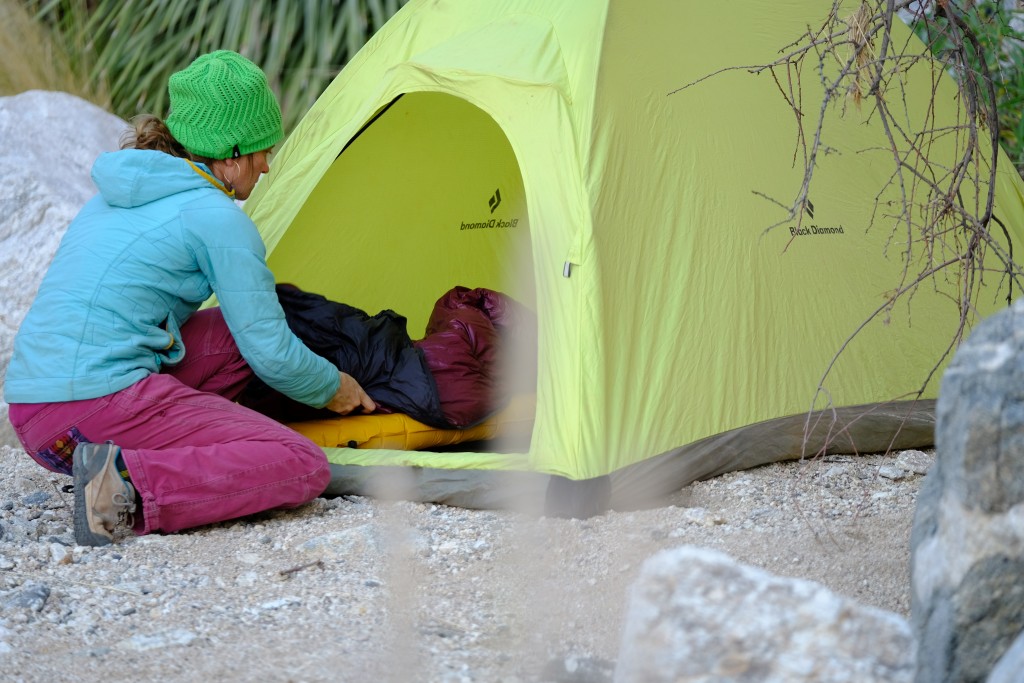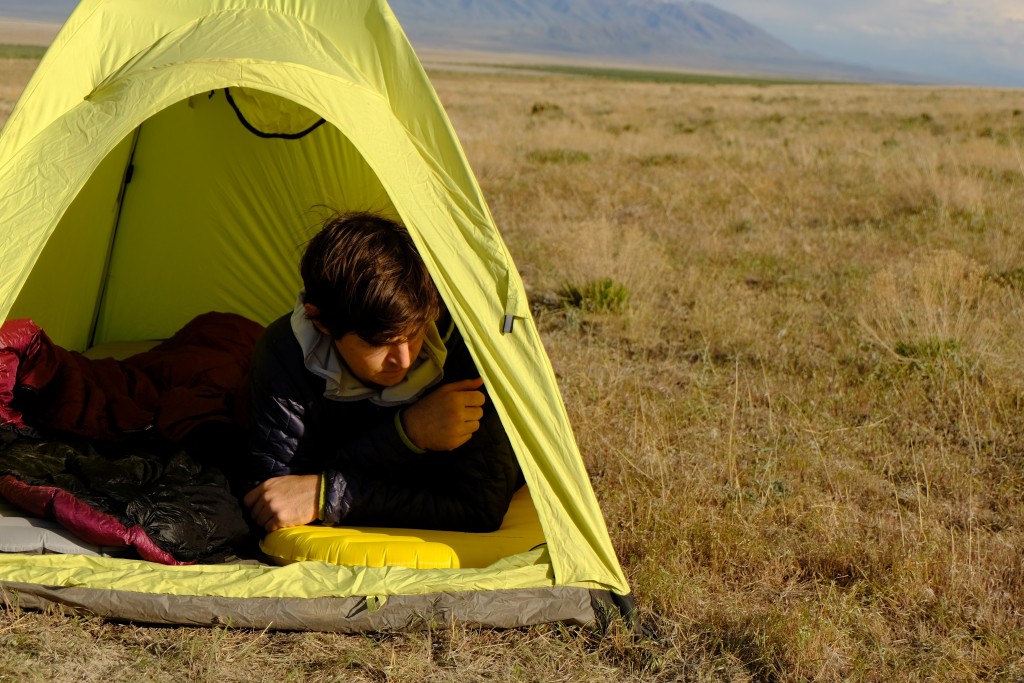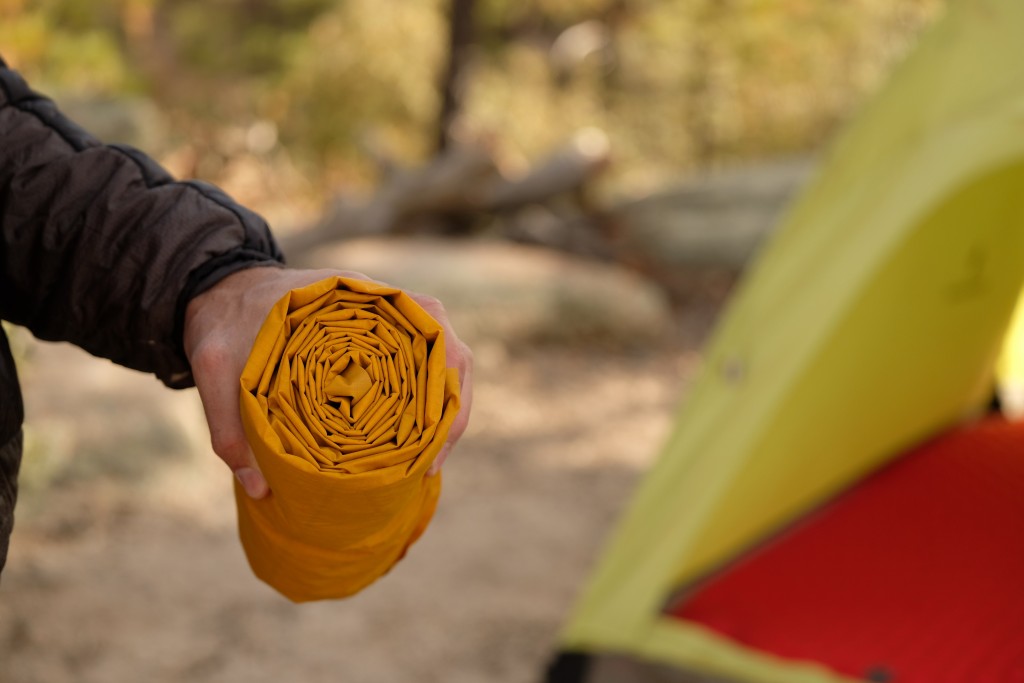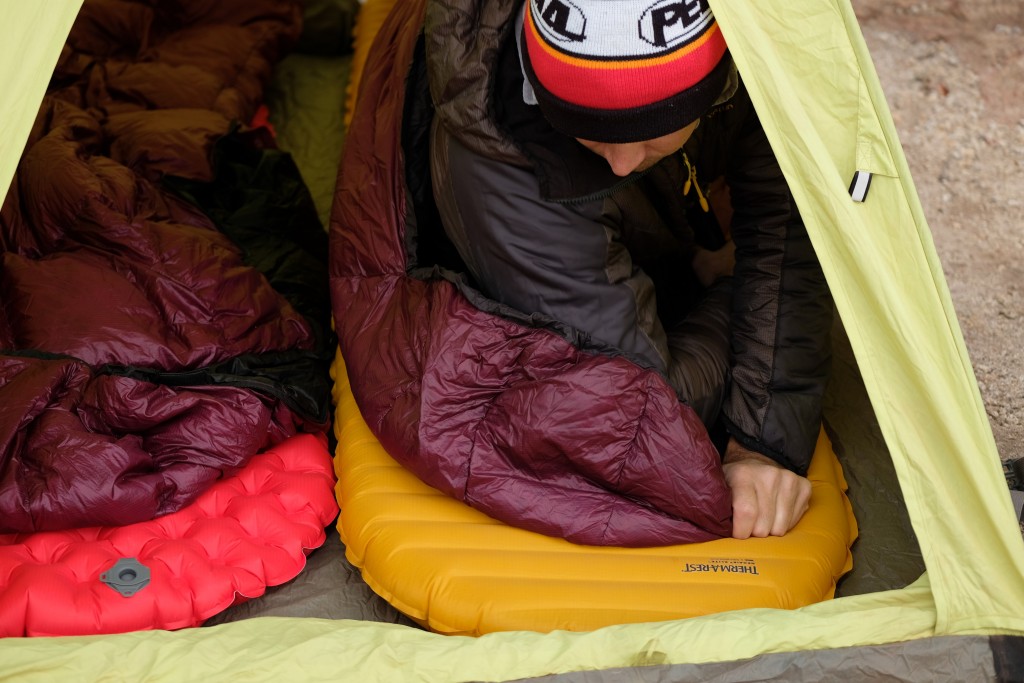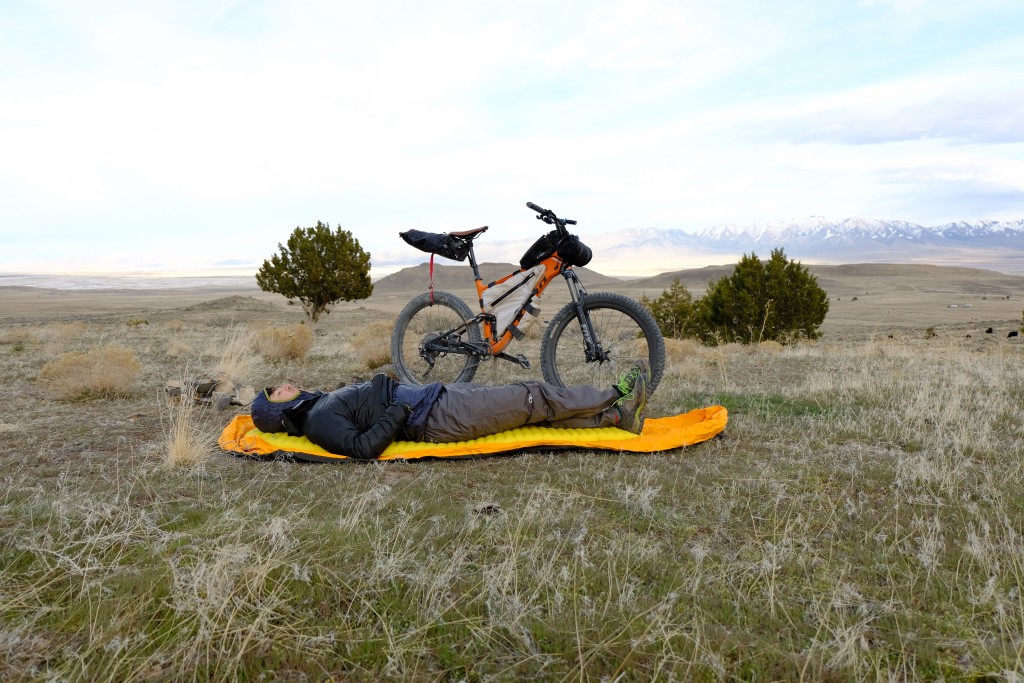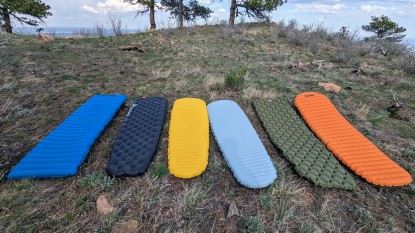Therm-a-Rest NeoAir XLite Review
Our Verdict
Our Analysis and Test Results
This model offers significant adaptability, maintains a high R-value, and is exceptionally lightweight and cozy.
Performance Comparison
Comfort
A lot of companies have opted for diagonally arranged air chambers or chambers that are arranged vertically, which both have their benefits. The 2.5-inch thick horizontally arranged air chambers of the XLite, however, seem to dampen impacts quite well and generally feel more comfortable and less noticeable than the others.
This XLite is largely similar to the older version when it comes to cozy factor and size. We are once again testing a size regular pad with our lead reviewer being about 5 foot 11 inches and 175ish pounds. Our tester feels that those who do move a lot at night or feel more comfortable with a bit of extra wiggle room should consider sizing up, as the biggest version offers 25 inches of width versus 20.
One complaint that is well documented by others as well is the relatively annoying ruffling sound that emanates from the XLite. While the crinkly sound isn't a concern for our main tester, it is certainly a consideration if you get easily disturbed by sounds when shifting resting positions.
Weight and Packed Size
It's actually pretty baffling how light the XLite is when considering its thickness and 4.2 R-value. On our scale, the regular size XLite weighed in at 13.7 oz on its own, plus 2.3 oz for the pump sack and stuff sack.
Without too much packing energy spent, we could get the XLite packed down to less than the size of a one-liter Nalgene bottle. For our team, the amount of comfort and warmth given from the NeoAir XLite far outweighs the tiny packed size and a little bit of pack space sacrificed. If we compared the volume of space taken up by the XLite compared to the closed-cell foam pads, the difference is laughable. Compared to ultralight inflatables, the XLite stacks up, but there are smaller packed pads if you're willing to sacrifice some comfort and warmth.
Warmth
The NeoAir XLite is an air construction model. As is the case with all designs of this kind, internal convection is the primary method by which heat is lost. This process occurs when you move air throughout the pad by tossing and turning or breathing. When you move, you cause a small amount of the cold air closer to the ground to mix with the warm air closer to you. Even though the air has a relatively low thermal conductivity value, moving across a surface can transport significant energy and steal your heat.
The XLite can prevent heat from escaping by convection by employing a Triangle Core Matrix, which compartmentalizes the air and restricts its movement of the air. In addition, the interior of the building is lined with a reflective surface, reflecting the heat that the sleeper radiates back to the sleeper. When fully inflated, an inflatable sleeping pad achieves its maximum R-value, like any other type.
Therm-a-Rest states that the XLite should be comfortable to approximately 20 degrees Fahrenheit, based on the product's reported R-value of 4.2. This assertion is supported by the comments made by our many different reviewers. If you want to go camping near snow, all you need is a foam pad like the Therm-a-Rest Z Lite SOL, and you'll be ready to go. We frequently use this combination and have had wonderful luck with it, even when we utilized it in Alaska. If you want a pad that is even toastier than the Therm-a-Rest XTherm, which has an R-value of 5.7, we propose you get it.
Ease of Inflation
The most notable difference between the older versions of this pad and the new is the new exceptional air closure. While many pad manufacturers have been fitting their pads with some variation of the same auto-sealing valves, Therm-a-Rest has been holding out. The new system was worth the wait. It visually looks like a chunkier version of past apparatus, but its function is lightyears beyond.
We have noticed during our product research that a vast amount of people think the inflation sack disconnects from the nozzle a bit too easy. We too encountered this problem during the initial inflation of the pad, though we quickly developed a sixth sense of the amount of psi to put on the sack for optimal inflation without the sack detaching. While we agree that the pump sack isn't perfect and would be more user-friendly if it was more snug fitting on the valve, this new system solidifies the whole fleet of Therm-a-Rest pads as top performers. Honestly, we were willing to futz around with the miserable old valves just to have the lightweight warmth offered by these pads.
Durability
While we wouldn't recommend throwing down on raw dirt with an air-filled backpacking pad of any type, we did just that with the XLite. We were probably lucky to have no incidents operating this model in this manner, however, it does speak to a decent level of durability. While there are new components present, the fabric type and ruggedness remain the same 30d we are used to.
The new inflator cap is a significant boost in ruggedness. The old inflation apparatus felt flimsy and vulnerable, whereas the new one is clearly way stronger, and the components feel solid both when locked in place or when being manipulated. While we didn't have the gusto to purposefully crush either valve system, we would wager the winglock would have a much smaller chance of puncturing if someone unintentionally gave it a stomp.
Value
We tested the regular length version of this pad, which is pretty painfully pricey. While there is a pretty big barrier to entry on this thing, the performance justifies the cost, making it a solid value. If you are on a budget and searching for a pad that will just get the job done, the XLite might not be the pad for you. This thing is very adaptable, warm for its weight, packable, and comfortable.
Conclusion
For years we made a conscious decision to just deal with the frustration of having a dated valve system on our Therm-a-Rest pads. The new winglock valve exceeded our expectations and solved the low flow, back flow, and durability issues we had with the XLite. Not only did the XLite get kitted out with the new new, but it also gained a full number R-value, further boosting the usable temperatures. While we saw fit to award the XLite in previous years, this year really solidified our decision, and we're more impressed than ever.



